The first model we will examine is known as "The Classic" and was what was most commonly fitted in locomotive cabs before the widespread use of plastic. These were generally installed new up until the 1980's and were most commonly found in Conrail locomotives although other small time users of cab signaling like the Rock Island and its successors. Classic style displays were mounted on the central pillar of the front windshield and consisted of two faces visible from both sides of the cab each with 5 display targets capable of showing 4 indications. The display was rather large and beefy due to the light bulbs used to illuminate the display targets. True to their name, classic displays displayed actual cab signals, hence why one would see miniature position or color lights. Typically used without speed control these cab signals gave the crew a rough idea about the line ahead and the last wayside signal they passed. Non-PRR lines often used 4 color light displays instead of 5 position light displays and there were classic versions of the two aspect system used on the CNW, IC and some other railroads. Here we see a classic style display mounted in a Conrail Geep.
Meanwhile, further west, the Union Pacific embarked on a project to equip hundreds of miles of its main line between Chicago and Wyoming with what it terms Automatic Cab Signals, but functions in the same manner as NORAC's Cab Signaling System. UP successfully mapped its color light route signaling scheme onto the 4 indication cab signal model, but its legacy 2-indication "ATC" system inherited from the Chicago Northwestern provided a bit of a rub and prevented UP from adopting its own color light version of "The Compact". What resulted was what I like to term "The Combined", a combination 4-indication ACS display and a 2-indication ATC display. Now, why didn't they just use the 4 indication display to also show the 2 indications used by the CNW. After all in theory it has two indications to spare. That is because ATC isn't joking when it says automatic train "control" and the way the system gets away with two indications is the use of speed target timers that require the train to reduce speed to Restricted within a certain period of time. ACS and ATC were integrated into a single box, but retained different displays to help the crew remember what system they were operating under. Here we see a Combination type display centrally mounted in the cab of SD70M #4450.
For a better look at the old 2-aspect ATC display here is one in a cab of a retired METRA E unit at the Illinois Railway Museum. Mounted on the center pillar can be seen the R/Y "Restricting" indication and the single G "Clear" indication. The white light may be an overspeed indicator or a ATC territory indicator.
Automatically controlling train speed through cab signal indication is a natural extension of any cab signal system and the technology has been available since at least the 1950's in passenger locomotives using electromechanical systems with relays and air valves. When commuter rail operator SEPTA wanted to update the cab and speed control system in the cabs of its MU fleet, the result was a more advanced display that did away with the 5 individual position light displays and instead replaced with two multi-aspect heads. Unlike the other displays we have seen, these integrate the speedometer and cab signaling function into one integrated display since that information is also used by the electronics inside the display to handle the speed control system. For signaling the upper display shows | For Clear and / for Approach and Approach Medium while the bottom display shows the | part of Approach Medium and a \ for Restricting. Here we see a Two Head display mounted in a SEPTA Silverliner IV.
In the new Silverliner V cars a slightly updated display unit was fitted with white LED's instead of small white incandescent bulbs. However it appears to be a placeholder installed while the decisions about new generation cab signals could be ironed out.
In conjunction with the Acela Express project Amtrak implemented a mostly backwards compatible extension of the standard 4 indication cab signal system with 3 additional cab signals ( Stop, Approach Limited, Cab Speed) and 4 additional signal speeds (60, 80, 100, 150). These cab signals would work in conjunction with a new civil speed enforcement system called ACSES with traditional in-rail cabs handling dynamic indications, transponders handling civil speeds and data radios handling positive stop at interlocking. To support this new system a new cab signal display was needed to replace the old "Compact" type. While supporting more advanced features the display was artfully minimal with a two head Amtrak Color Position Light signal display with an LED signal speed display below and additional LED civil speed display below that. Where systems are not in service the relevant speed limit would not be displayed and the box would be responsible for dealing with any necessary penalty brake application. These displays would be mounted in many NEC traveling locomotives not equipped with a CSS/ACSES system at the factory. Here we see one of these CPL type cab signals mounted in an Amtrak AEM-7 with the old display blanked over in the center of the cab.
For the 40 Acela Express power cars and 15 HHP-8 locomotives the CPL type cab signal display was built into the operating console. Here we see an example in AE power car #2033
What does the future hold for Amtrak locomotives? Well the new displays will minimize the "signal" part of cab signal by replacing the miniature position lights with small colored dots and use the space to have text displays and other icons for the ACSES system instead of just having a secondary speed display. Here is one of the new displays as seen in a recently refurbish Amtrak Metroliner Cab Car. Not the similarity to the ITCS units seen on some Michigan trains and this PTC display seen in Brazil. The new ACS-86 electric locomotives also come equipped with the new style of display built into the console.
.
Many non-Amtrak passenger railroads prowling the Northeast have taken the opposite approach and minimized the signal part of cab signal, arranging the indication lights around the speedometer in "The Clockface" design. These originated during the 4-indication era, but have come to encompass the expanded Amtrak range of cab signal speeds and indications. Where ACSES is in service these displays also find ways to display a civil speed limit or just an overspeed indication as well as full Stop signals. One remnant of the signal-speed duality exists in the form of both a 30 speed code and an App(roach) signal code pointing to the same place on the speedometer. This may be used in situations with Medium Clear indications which were traditionally run under a 45mph Approach Medium cab signal. This would allow differentiation between 30mph turnout speed and 30mph turnout speed with expectation to stop. Here is SEPTA ALP-44 #2308 with an integral expanded cab signal display on the operating desk.
One possible look of the updated display of the Silverliner V can be seen here in the new SL-V delivery for Denver's new RTD commuter rail system. It incorporates the speed circles from the clockwork display, but arranges them vertically. This is similar to the ACSES capable cab signal display found in new Metro-North M-8 MUs.
Finally we will take a look at the one cab signal display that makes no bones about taking the signal out of cab signal and that is the Long Island Rail Road Automatic Speed Control system. Installed after a pair of high causality accidents in the 1950's, ASC was basically PRR 4-aspect cabs with speed enforcement. However the rapid transit nature of many LIRR operations ( it once sported an extensive network of mechanical trip stops ), prompted the cab display to indicate permitted speeds only. With the introduction of the M-1 Metropolitan cars and their higher performance compared to the old MP-54's, new speed coded were added to be used under clear wayside signal indications (where waysides were present as again the LIRR was an early adopter of Rule 562 waysideless operation). These used the non-standard 270 and 420 ppm code rates and registered as 60 and 70 mph on the ASC display. Here in this photo of a new M-7 cab we see the centrally mounted display with speed indications for 15, 30, 40, 60, 70 and 80mph. The older M-1/3 MU's used the older clockface type design.
There are many more varieties, but the ones not covered are all variations on the covered themes except for some of the units NJT has installed which use an LCD screen with graphical permitted speed bars. As I collect more photos I'll put them together into a new installment of Know Your Cab Signal Displays!

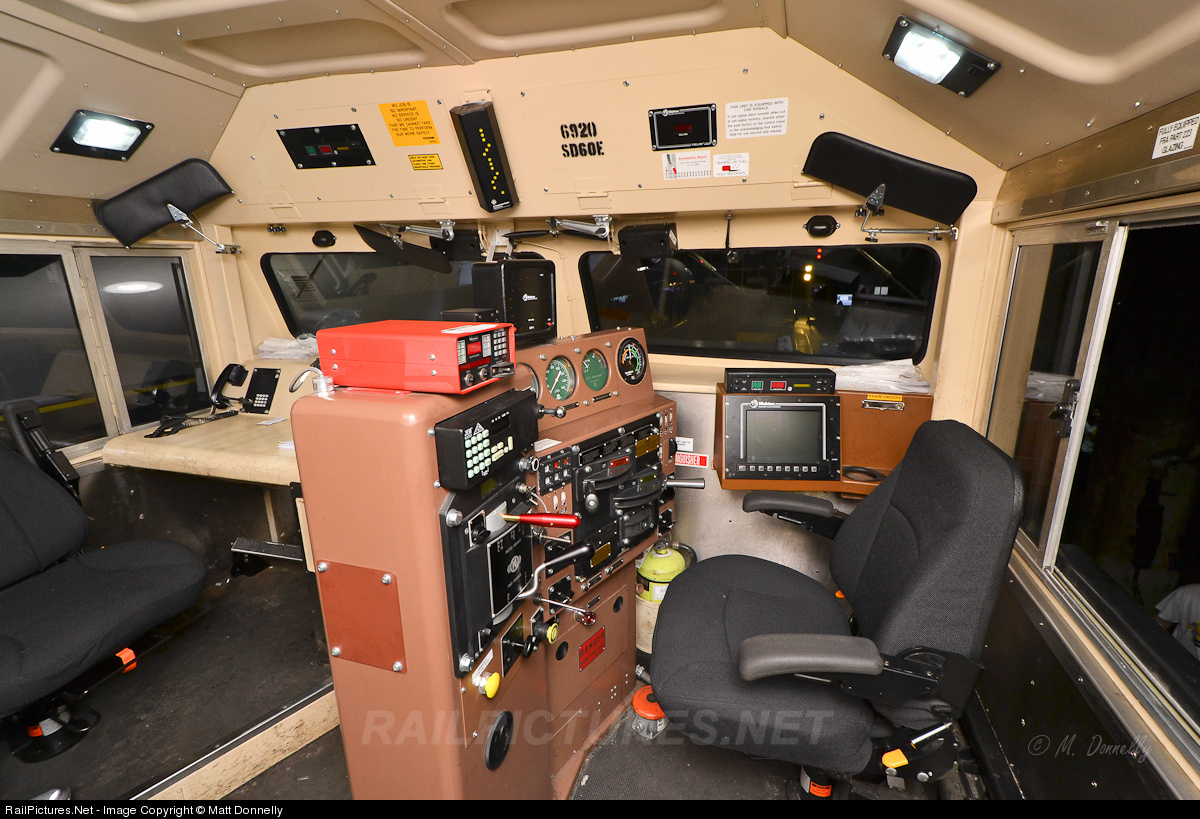
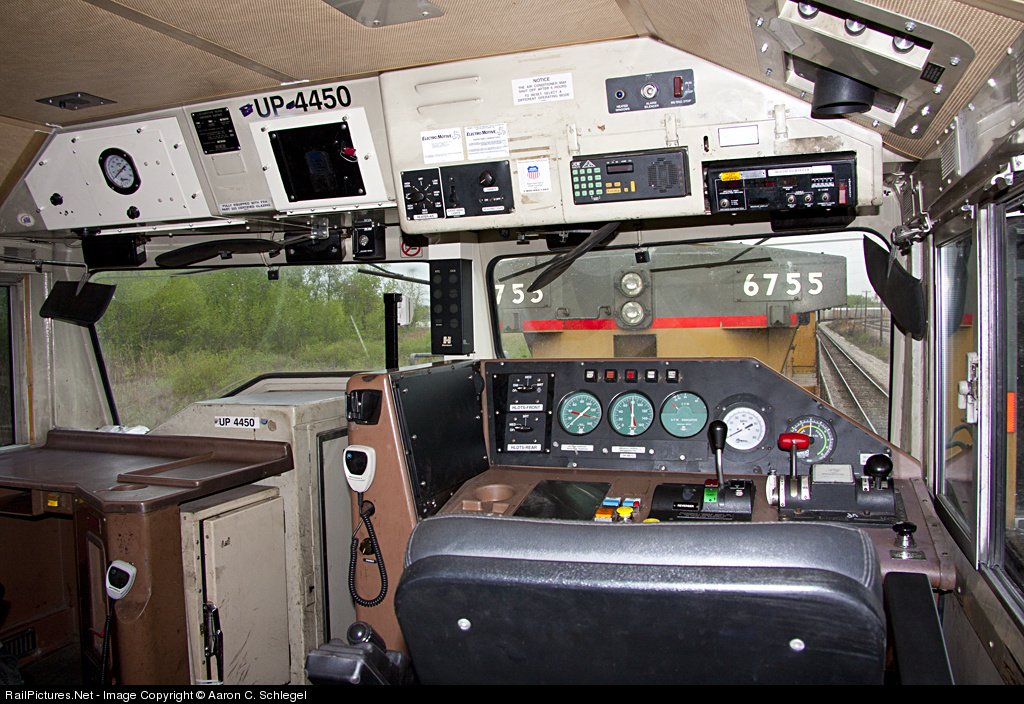
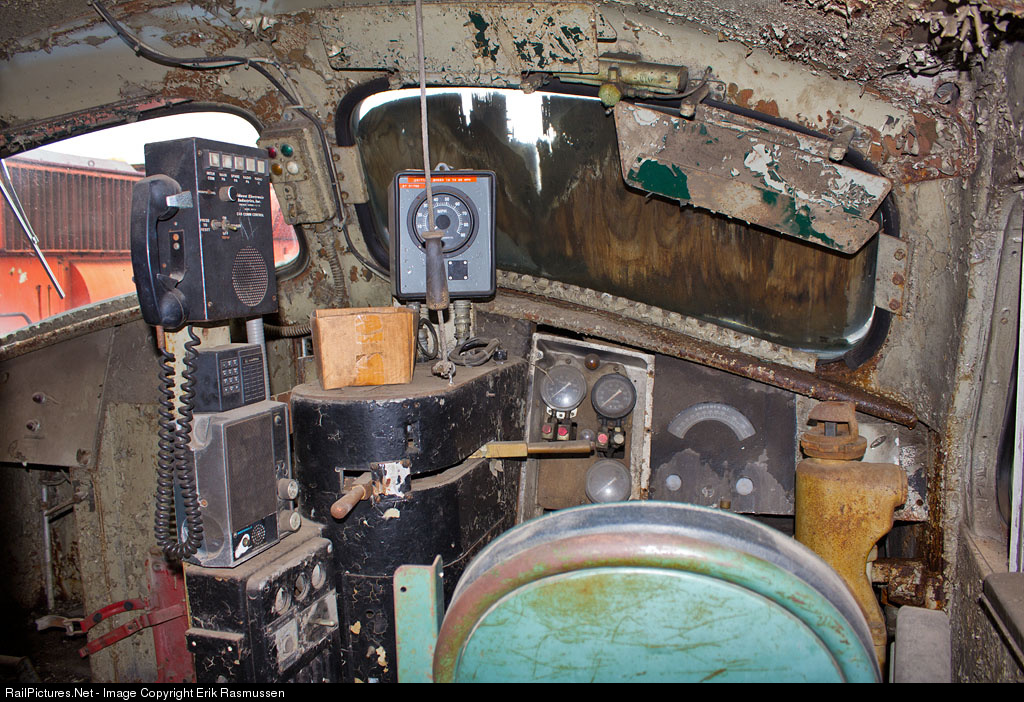


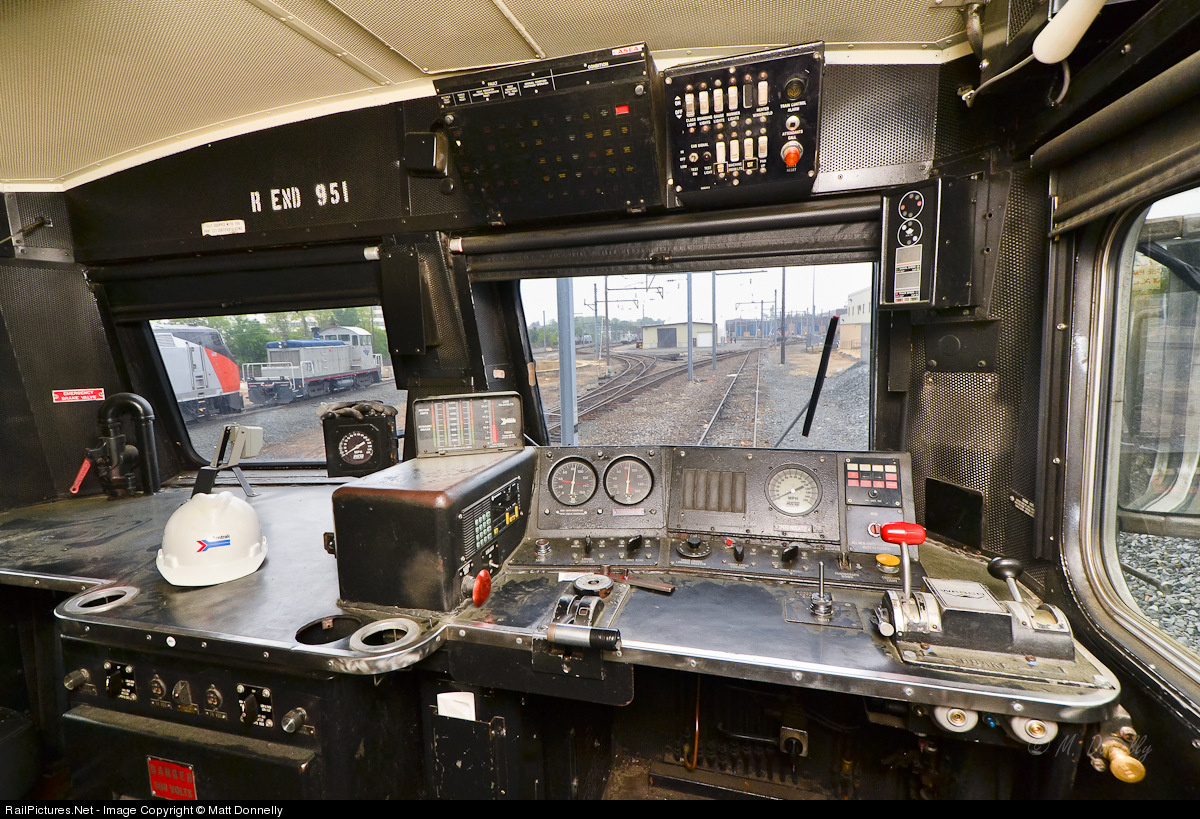
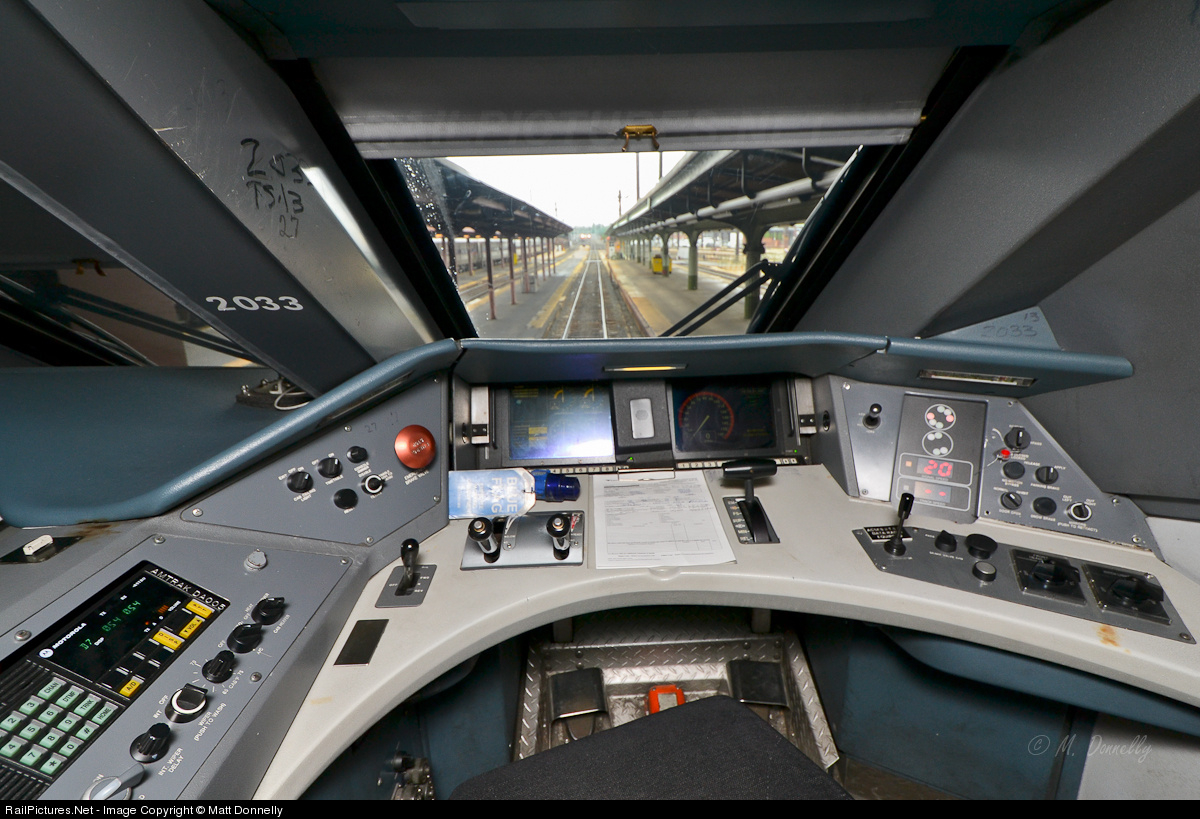
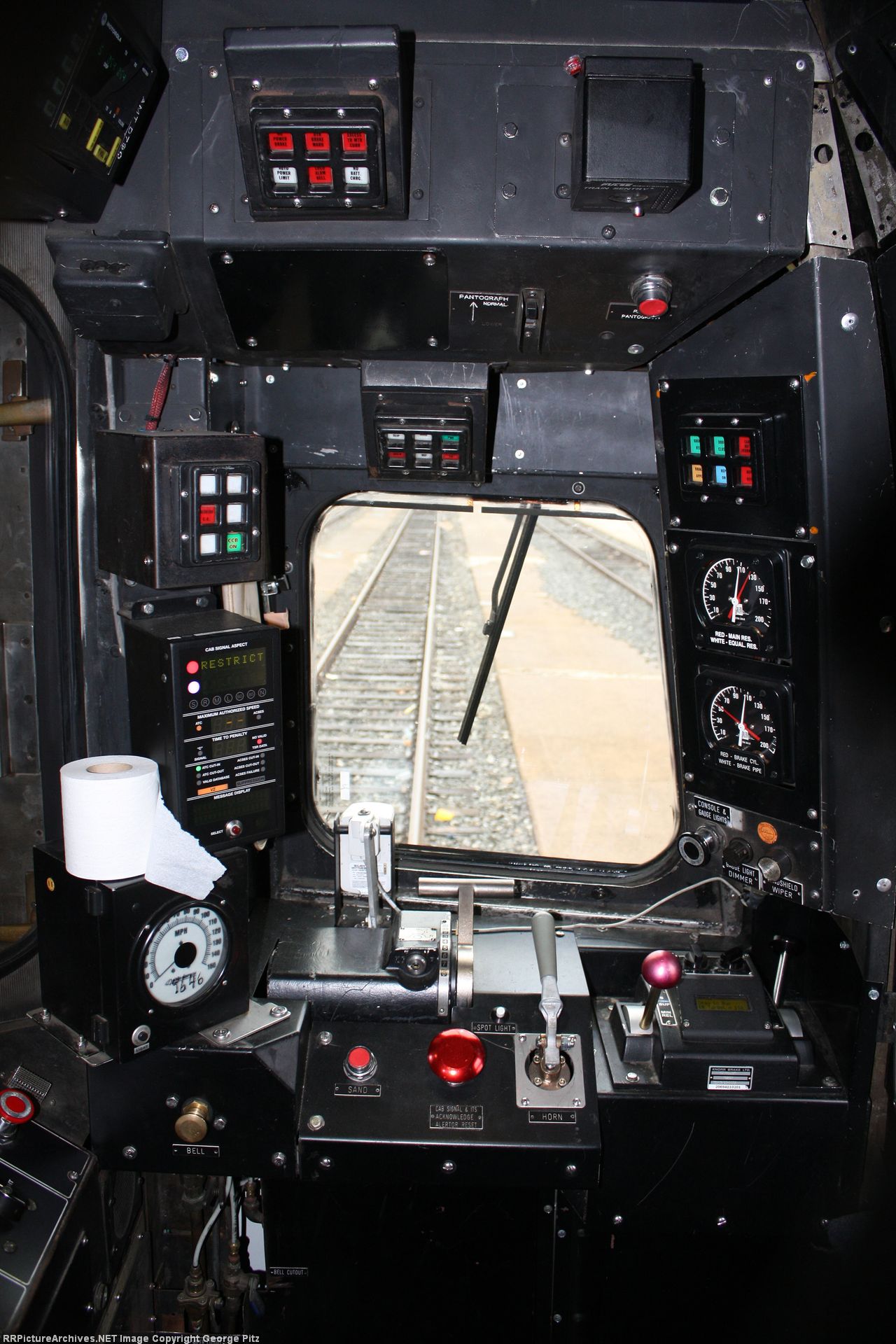

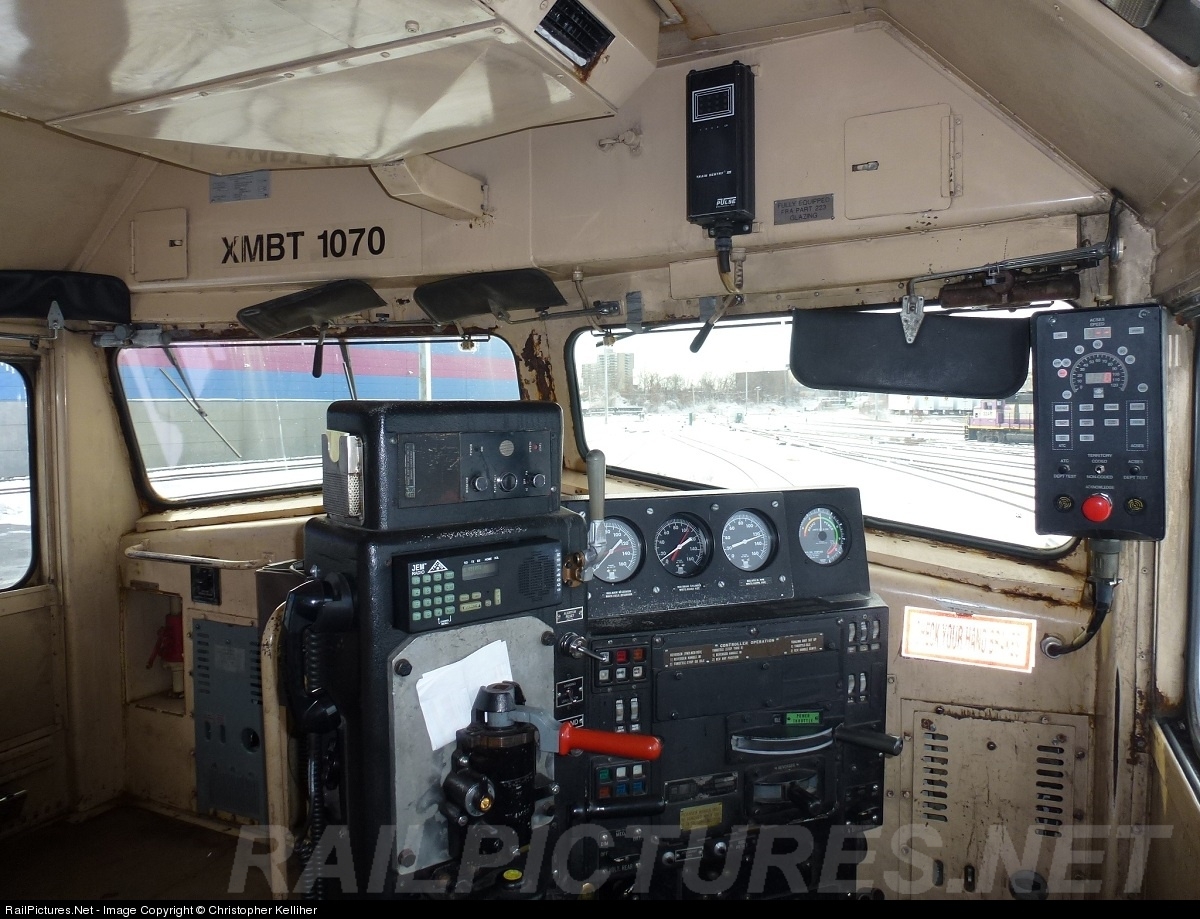
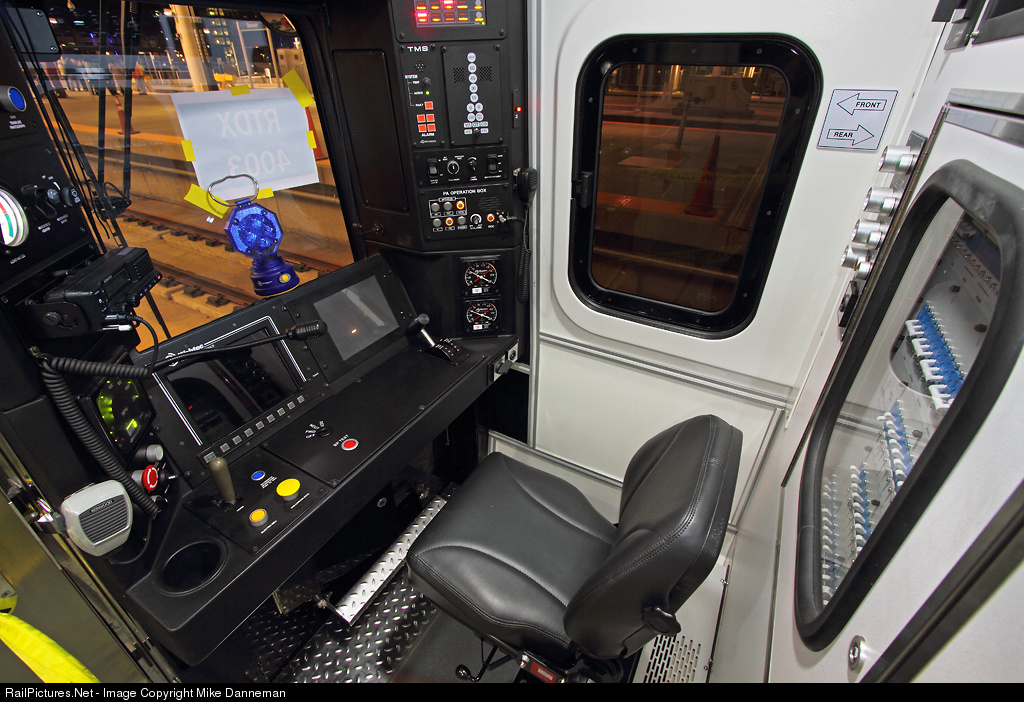

Very interesting article! I'm in the middle of modelling a combined (C&NW + UP) cab signalling setup (for a digital rendition of UP844), but I'm having a lot of difficulty in finding photos or videos showing the signalling in action. The only thing I've found so far are photos that show the bottom indicator on the UP 4-aspect side lit up red, the other three just dark. It would be great if you could elaborate on what would be shown on the Combined indicator when it's operating on UP lines.
ReplyDeleteHere is what the 4-indication ASC side would look like in action. I don't have videos or photos of the CNW system but it changes between G and R/Y.
Deletehttps://www.youtube.com/watch?v=AvHd70zPbV4
That's a helpful video, thanks for the link.
DeleteI've posted some screenshots of what I've modelled so far, they're here: https://www.facebook.com/pages/Smokebox/132794016882582
Of the three lights on the ATC side of the display I suspect one is Green, one is R/Y and the third is something to do with the 70 second slowdown timer.
DeleteI just realised that two of the four discs on the UP side are split horizontally - I assume one is yellow over green and the other yellow over red. On the C&NW side, below the three discs, there's another, rectangular lamp labelled "Motion". Any idea of its purpose? I haven't found anything about it on the net.
Delete"and the other yellow over red" - correction, I meant "red over yellow" :)
DeleteThe motion light is to indicate the locomotive is moving, and the right side, CCS signals are green, yellow, red over yellow and red
DeleteAre manufacturer drawings available in an archive for the "classic" cab signal display box shown in the Conrail locomotive at the top of this article? I'd like to attempt to cast a reproduction in aluminum. Perhaps a photo of the mounted half, exposing the interior layout of bulb sockets? Thanks,
ReplyDeleteI don't know where they would be, but I think any number of railroad museums would be able to help you out. All sorts of ex-Conrail equipment has these displays fitted.
DeleteAnyone know what VZ means?
ReplyDeleteI believe it means "Velocity Zero", so it indicates when it believes that the train is no longer moving.
Delete